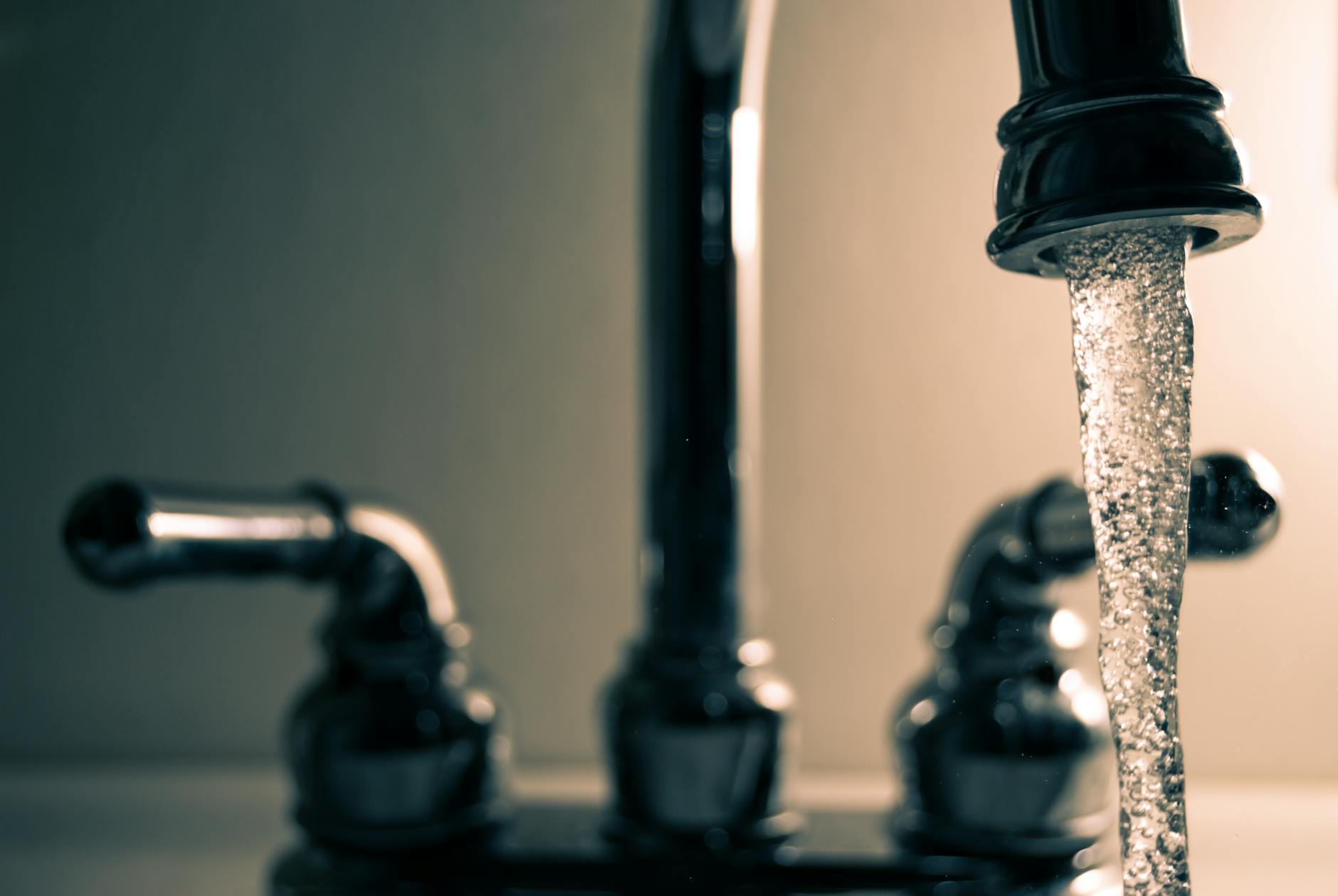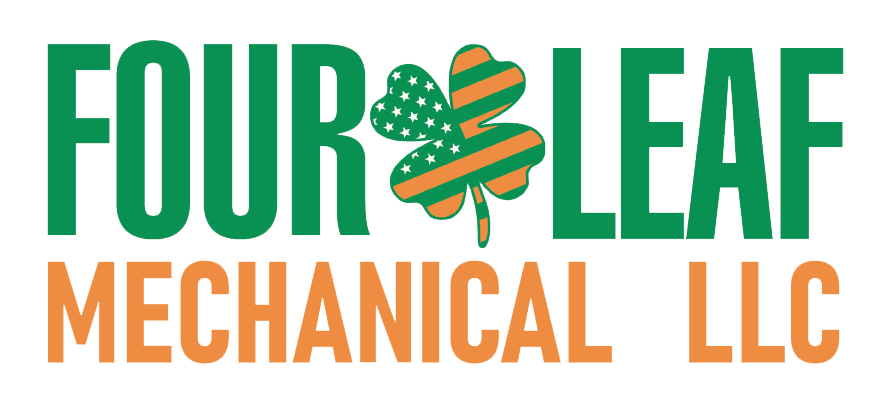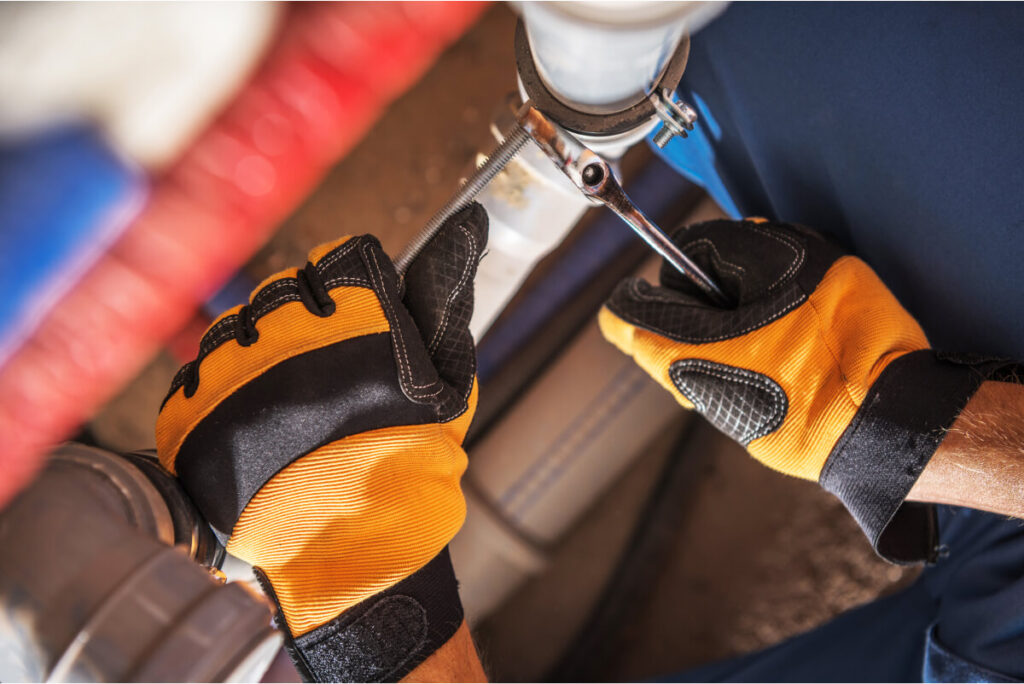Water pressure problems are one of the most common annoyances in households. Whether it’s a slow trickle from the shower or inconsistent pressure at the sink, these issues can disrupt daily routines. They often happen due to clogged pipes, leaks, or even external factors like a municipal water supply issue. Luckily, identifying the cause is usually the first step toward a solution, and most of these problems can be fixed without major hassle. Let’s get into why they keep happening and what you can do about it.
Common Causes of Water Pressure Problems
Water pressure issues can be incredibly frustrating, leaving your sinks and showers underwhelming. Understanding the root causes is key to fixing the problem for good. Here are some common culprits.
Municipal Water Supply Issues
If your neighbors are experiencing the same problem, the issue could be with your municipal water supply. Cities occasionally run into supply disruptions or maintenance work that lowers water pressure in affected areas. Seasonal demand spikes, like during summer when everyone’s watering lawns, can also lead to a noticeable dip in pressure. Checking with your local water provider can quickly confirm if this might be the cause.
Clogged Pipes and Fixtures
Over time, pipes and fixtures can collect mineral deposits, rust, or debris that restrict water flow. Hard water is a major offender, leaving calcium and lime scaling inside pipes. Even everyday items like dirt or small particles from older plumbing systems can build up over the years. The result? Water struggles to push through, leaving you with a weak stream. Regular cleaning or descaling can help, but older pipes may require replacement.
Pressure Regulator Malfunctions
Pressure regulators are designed to keep your home’s water pressure consistent, typically between 40 and 60 psi. However, when they malfunction, they can either lower the pressure or allow it to spike dangerously. Signs of a regulator issue include sudden changes in water flow or pressure throughout your home. If you suspect this, have a professional test the regulator with a gauge to ensure it’s working properly.
Leaks in the Plumbing System
Leaks can be sneaky pressure killers. Even a small crack or hole in your plumbing redirects water away from its intended path. Over time, this not only lowers water pressure but can also lead to water damage and increased bills. Common areas to check include under sinks, around water heaters, or along exposed pipes. If water is mysteriously disappearing, it’s time to locate and repair those leaks.
Closed or Malfunctioning Valves
Every home has several valves controlling water flow, from the main shutoff valve to individual fixture valves. If these are partially closed or damaged, they can choke water flow. Sometimes valves installed during repairs or upgrades are mistakenly left shut or improperly reopened. Double-check all your valves, starting with the main shutoff, to ensure they’re wide open and functioning as they should.
Understanding these common causes can help you troubleshoot water pressure problems effectively.
Signs of Water Pressure Problems
Water pressure issues don’t always appear out of nowhere—they tend to give off small but noticeable warning signs. Recognizing these early indicators can save you time, money, and frustration. Here are common signs to keep an eye out for.
Sudden Drops in Water Pressure
If your water pressure changes abruptly, a problem might be lurking in your plumbing. Sudden drops can happen due to several reasons:
- Hidden Leaks: Pipes can spring leaks over time, causing water to seep out before reaching your fixtures.
- Pressure Regulator Failure: This device ensures consistent pressure; when it malfunctions, it often leads to drastic drops.
- Main Valve Issues: If someone recently worked on your plumbing or neighborhood water supply, a partially closed valve could be the culprit.
Pay attention to when and where the pressure drop occurs. Does it happen after flushing a toilet or turning on multiple taps? These clues help narrow down the root cause.
Inconsistent Water Flow
Does your water seem to go from strong to weak and back again? This “rollercoaster” water pressure can be a sign of deeper plumbing issues:
- Corroded Pipes: Aging pipes filled with rust and mineral deposits can restrict flow, causing an inconsistent supply.
- Municipal Supply Problems: Sometimes fluctuating flow results from issues outside your home, like city pipe maintenance or waterline repairs.
- Air Bubbles: Air trapped in pipes disrupts steady pressure—imagine trying to sip from a cup with bubbles in it.
Inconsistent flow can confuse and frustrate, but it’s your system’s way of asking for attention.
Poor Water Pressure Problems in Specific Fixtures
Ever wonder why your shower is barely a trickle, but the kitchen sink works just fine? Localized water pressure problems typically point to specific issues within your home’s plumbing:
- Clogged Aerators: The tiny screens at the end of faucets can collect debris, restricting water flow.
- Blockages in Lines: A partial blockage in the pipes leading to a specific fixture can reduce pressure significantly.
- Old or Outdated Fixtures: Some older faucets or showerheads just aren’t designed for proper water flow and might need replacing.
Cleaning or replacing affected fixtures usually resolves the problem, but if it persists, the issue might be pipe-related.
Recognizing these signs early helps you tackle water pressure problems before they spiral into significant repairs. Keep an eye out for these key symptoms in your home!
Preventive Measures and Solutions
Water pressure issues often return if their root causes aren’t tackled properly. Fortunately, with the right preventive measures and solutions, you can ensure consistent water flow for years to come. Let’s take a closer look at some practical strategies.
Regular Plumbing Maintenance
You wouldn’t drive your car for years without an oil change, right? Your home’s plumbing needs the same care. Regular maintenance can stop tiny issues from growing into expensive headaches. Here’s why it matters:
- Routine Inspections: Pipes, valves, and fixtures are under constant pressure. Over time, wear and tear can sneak up on you. A yearly check-up helps you pinpoint trouble spots early.
- Flushing Your System: Mineral build-up can clog pipes and restrict water flow. Flushing out your water heater and occasionally cleaning your aerators can prevent this.
- Professional Assessments: A licensed plumber can spot hidden issues that aren’t obvious to the naked eye. Think of this as a check-up for your home’s pipes.
By staying proactive, you’ll avoid calling a plumber at the worst possible time—like mid-shower on a Monday morning.

Identifying and Repairing Leaks Promptly
Water leaks are silent killers when it comes to pressure. Even tiny drips can significantly reduce your flow and inflate water bills. How can you catch and fix them?
- Monitor Your Water Meter: Turn off all water usage and check the meter. If it’s still spinning, you probably have a hidden leak.
- Inspect Exposed Pipes: Look for rust, damp spots, or mineral deposits on visible plumbing. These are telltale signs of trouble.
- Test Toilets and Faucets: Add a few drops of food coloring to toilet tanks. If the color seeps into the bowl, you’ve found a leak.
- Seek Help When Needed: Some leaks—like those hidden behind walls—require special equipment to locate. A plumber can help pinpoint and patch these.
Quick fixes can save gallons of water and keep your pressure where it belongs: steady and reliable.
Installing Pressure Regulators
A pressure regulator acts as a traffic cop for your water system, maintaining the right balance to protect your pipes and fixtures. Here’s how to approach installation or replacement:
- When to Install One: If your home’s pressure exceeds 80 psi or dips unpredictably, it’s time for a regulator.
- Where to Place It: Install the regulator right after your main shut-off valve. This ensures it controls all water entering your home.
- DIY or Not?: While handy homeowners can handle installation, hiring a plumber guarantees proper setup. Incorrect installation can cause more harm than good.
- Periodic Adjustments: Set the regulator between 40-60 psi to strike a balance between strong flow and system safety.
Think of a pressure regulator as a safeguard. It protects your plumbing from unnecessary strain, much like a surge protector shields your electronics.
By combining regular upkeep with timely repairs and proper equipment like pressure regulators, you can make recurring water pressure issues a thing of the past.
When to Call a Professional
Fixing some water pressure problems might seem like a weekend DIY project, but there are times when it’s best to leave it to the pros. While minor adjustments and solutions can work for a few issues, lingering or widespread problems often require specialized tools and expertise. Here are situations where calling a professional is the smartest move.
Persistent Low Water Pressure
If your water pressure remains weak across your home despite your best efforts, it’s time to involve an expert. Persistent low pressure can signal deeper issues, like hidden pipe leaks or corroded plumbing that you can’t easily spot. Even if your fixtures appear to be clear, the issue might reside in your main water line or an unseen blockage.
A professional plumber has the tools to diagnose the issue comprehensively, from using pressure gauges to inspecting your plumbing for underlying problems. Think of it this way: You wouldn’t ignore a car engine light for too long, right? Similarly, persistent water pressure issues deserve immediate attention to avoid worsening damage.
Multiple Issues Across Fixtures
If several faucets or showers in your home are experiencing low flow, there’s a bigger problem brewing. This often points to problems in your plumbing system, like mineral buildup in the main water line or a malfunctioning pressure regulator. It might also indicate that your municipal supply isn’t delivering water at the right pressure, which a plumber can confirm with specialized equipment.
Taking the guesswork out of such situations is essential. Professionals can evaluate the full scope of your system to find the root cause. Ignoring widespread issues can lead to significant system failures, much like ignoring a crack in a dam. Don’t wait—let a plumber get to the bottom of it quickly.
Conclusion
Water pressure problems often stem from common, preventable issues like leaks, clogged pipes, or equipment failures. Left unchecked, they can disrupt your daily life and lead to costly repairs.
Routine maintenance and vigilant checks on your plumbing system can save you from recurring headaches. From cleaning aerators to maintaining pressure regulators, small steps go a long way.
If low water pressure persists, don’t hesitate to call a professional. Ignoring the issue only increases the chances of extensive damage later.
Take action today to ensure a steady flow of water and peace of mind in your home.

